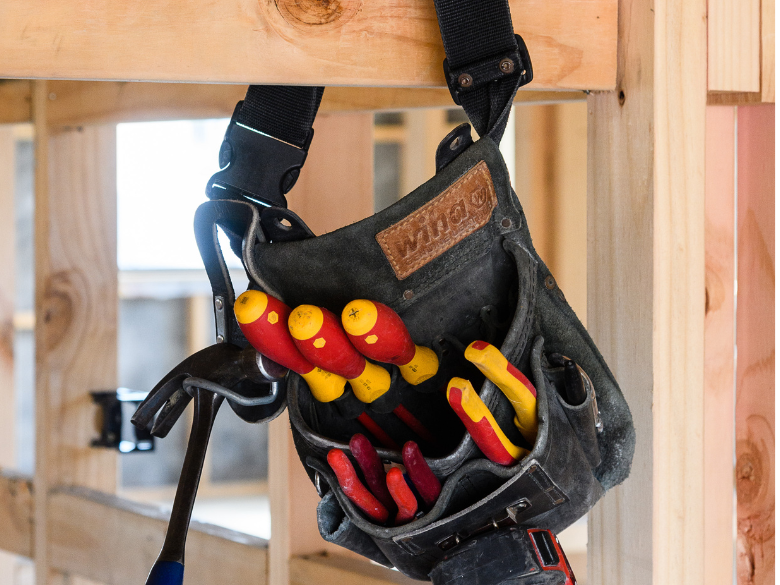Health & safety reforms – Why we are concerned for building companies and trades
Oct 19, 2025

As a leading Health & Safety provider in NZ, we are staying close to the proposed changes to the H&S regulations and working to influence changes where we can. When new rules do come through, we’ll break them down – what’s changed, why it’s changed, and most importantly, how businesses can put the changes into practice, as we know one size doesn’t fit all.
You’ve probably seen the headlines about the government’s proposed health and safety reforms that aim to reduce red tape. But here’s the problem: these changes won’t make construction any safer. In fact, there’s a real risk they could do the opposite.
Construction is one of the highest-risk industries in New Zealand. Hard-won progress in health and safety hasn’t come by chance, it’s been built over years of effort, investment, and learning from tragedy. Weakening the rules now risks undoing that progress and putting workers back in harm’s way.
Here’s what’s on the table for regulation changes:
- Contractor management: Consistency in prequalification makes sense, and we support reducing duplication and cost. But reforms must lift standards, not lower them. Cutting corners in this space risks creating a tick-box culture that looks good on paper but fails in practice.
- Falls from Height: As a country, New Zealand’s hard work in reducing injuries and fatalities from working at heights is paying off. In other countries, it still remains the highest risk of injury on a construction site. Relaxing scaffolding rules in “low risk” situations could significantly affect the process made in this space, and caution should be taken in relaxing these rules.
- Overlapping duties: Work is underway on an Approved Code of Practice to help make it clearer how overlapping duties should be managed on-site. We see this as a positive step, as there can be confusion or a lack of knowledge about who’s responsible for what – whether between main contractors, subcontractors, suppliers, or other parties involved. It’s important that while this Code is being developed, the focus remains on making it practical and workable for small to medium-sized businesses in the construction industry.
- Dust exposure: Reviewing limits on wood dust and welding fumes to align with international standards is the right move. It will be important that these changes are practical for businesses to implement to make sure that workers are not exposed to dangerous levels of dust that can cause irreversible health problems.
- Machinery guarding: Guarding saves lives. We support simplifying the guidance so businesses clearly understand what’s required and how to meet those requirements. But it’s just as important that this doesn’t come at the cost of weaker standards. Any reduction in guarding requirements could lead to more amputations, crush injuries, and even fatalities. Even small changes could have devastating consequences on-site.
Our position is clear: Construction needs strong, enforceable safety standards. Easing requirements in the name of reducing red tape might sound appealing, but it won’t protect workers. It risks repeating the mistakes of the past, where safety was treated as optional until disaster forced change.
Right now, there are too many different requirements, and what needs to be done often depends on who’s asking for the information. This creates confusion on-site. The focus needs to be on providing consistency, with clear guidelines developed by industry experts and enforced by WorkSafe. That way, everyone knows what’s expected, and we can reduce confusion while keeping people safe.
HazardCo members are already leading the way, being four times safer than the industry average, and we’ll keep supporting you with practical, effective systems and expert advice. We’ve shared these concerns with the government because the voices of small and medium-sized building companies must be heard. You know better than anyone the pressure of time and cost, and you also know the price of a serious injury.
For now, nothing has changed, these reforms are still at the consultation stage. What matters most is clarity and standards that builders and tradies can rely on. And we’ll keep pushing for guidelines that genuinely protect builders and tradies, not water them down.
In the meantime, keep doing what you do best: looking after your team, working safely, and documenting your safety actions. And know that we’ll keep you updated every step of the way.












